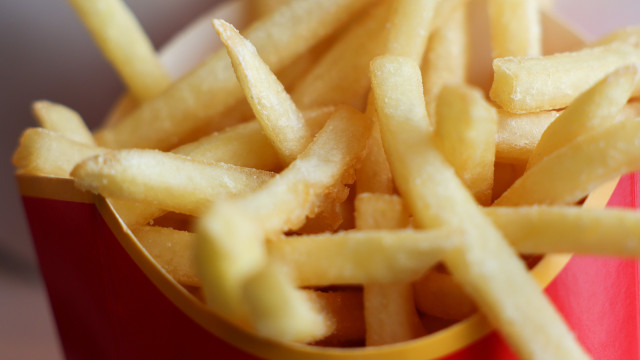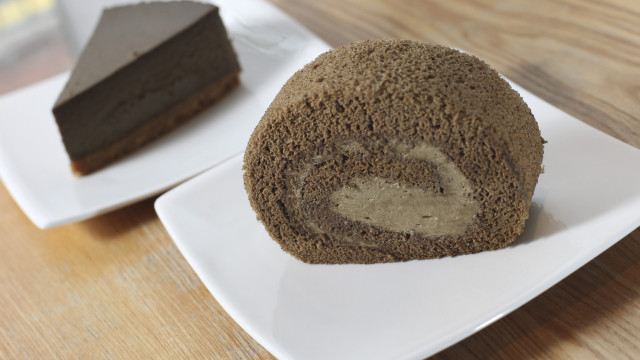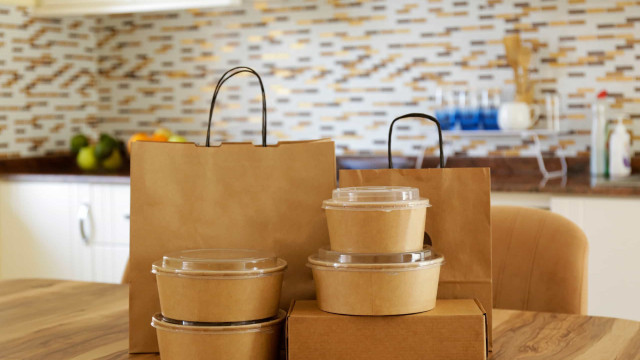STAY UP TO DATE...
I accept terms & conditions and privacy policy.
I want to receive Exclusive Offers from partners (advertising)
Thank you for your registration

FOOD
Travel
13 hours ago

FOOD
Health
28/04/25

FOOD
Diet
28/04/25

FOOD
Health
28/04/25

FOOD
Luxury food
28/04/25

FOOD
Health
28/04/25

FOOD
Recipes
28/04/25

FOOD
Unhealthy habits
28/04/25

FOOD
Typical dishes
25/04/25

FOOD
Curiosities
25/04/25
MOST READ
- Last Hour
- Last Day
- Last Week

FOOD
Dating
25/04/25

FOOD
Dishes
25/04/25

FOOD
Dining
25/04/25

FOOD
Diet
25/04/25

FOOD
American food
25/04/25

FOOD
Sweets
25/04/25

FOOD
Meals
25/04/25

FOOD
Cooking
25/04/25

FOOD
Beverages
25/04/25

FOOD
Healthy
25/04/25

FOOD
Religions
25/04/25

FOOD
Dining
25/04/25

FOOD
Cooking
24/04/25

FOOD
History
24/04/25

FOOD
Well-being
24/04/25

FOOD
Meals
23/04/25

FOOD
Diet
23/04/25



